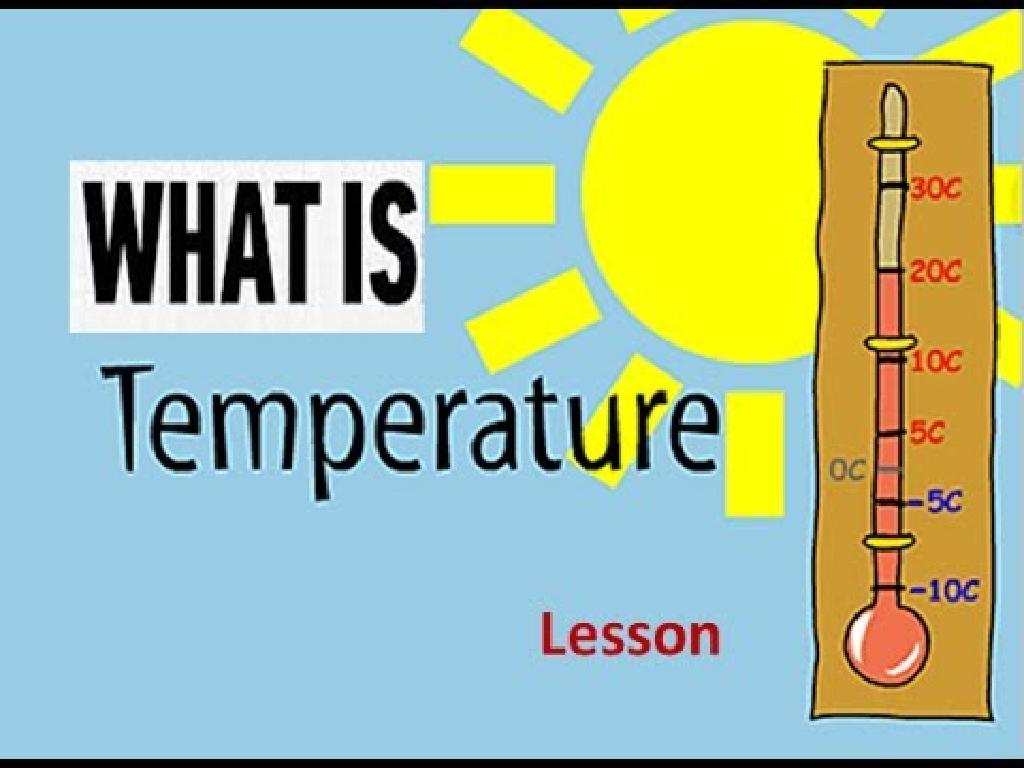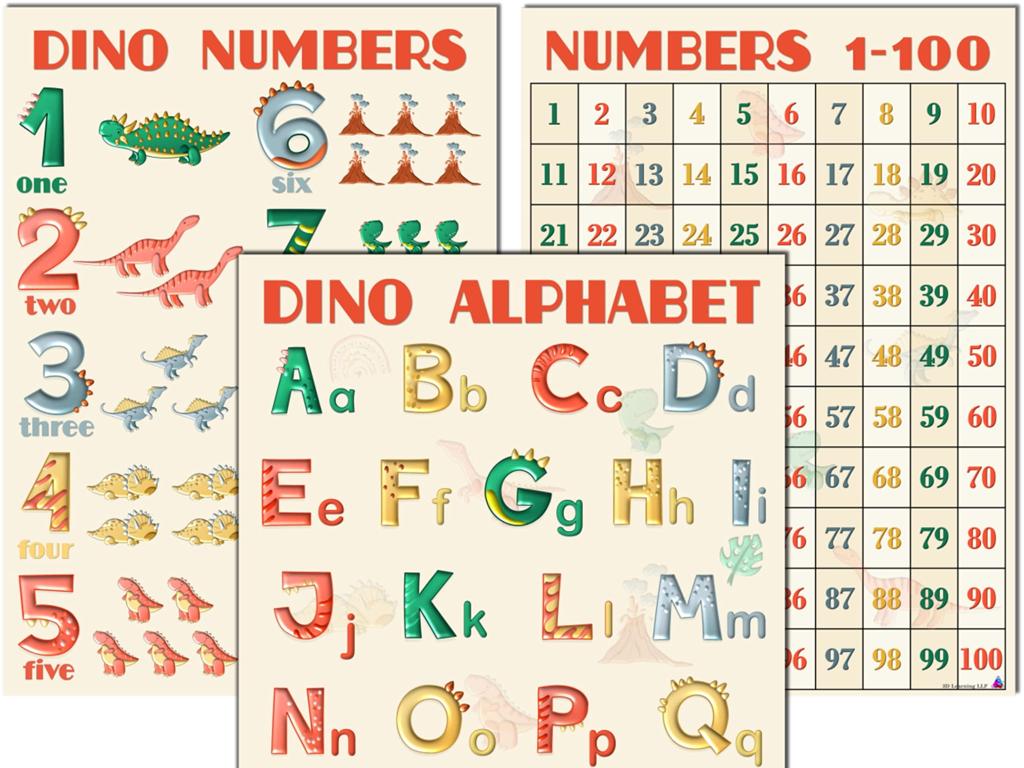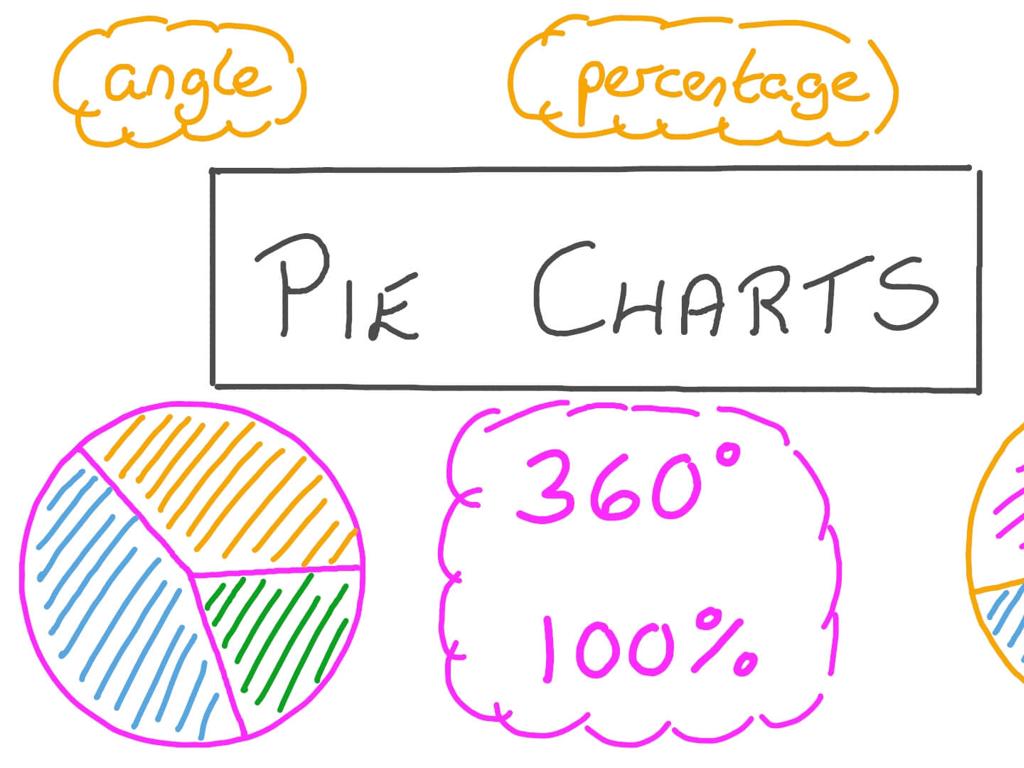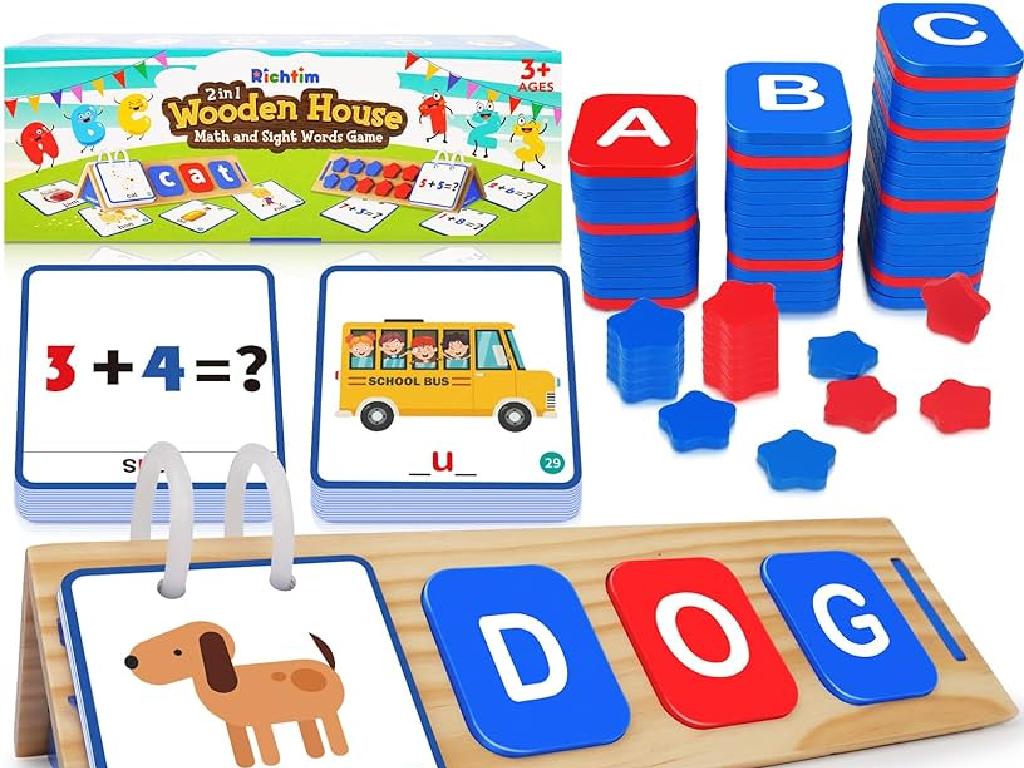Write Variable Expressions For Arithmetic Sequences
Subject: Math
Grade: Eighth grade
Topic: Sequences
Please LOG IN to download the presentation. Access is available to registered users only.
View More Content
Welcome to Sequences: Arithmetic Patterns
– Understanding sequence patterns
– Patterns follow a specific order or rule
– Defining arithmetic sequences
– A sequence with a constant difference between terms
– Real-life arithmetic examples
– Daily savings, stair steps, clock intervals
– Writing expressions for sequences
– Use formula a_n = a_1 + (n-1)d for nth term
|
This slide introduces students to the concept of sequences, focusing on arithmetic sequences. Begin by explaining that patterns and sequences are all around us and they follow specific rules. Define an arithmetic sequence as a list of numbers where the difference between consecutive terms is constant. Provide relatable examples such as adding money to a savings account daily, the height of stair steps, or time intervals on a clock. Conclude by showing how to write a variable expression for the nth term of an arithmetic sequence using the formula a_n = a_1 + (n-1)d, where a_1 is the first term and d is the common difference. Encourage students to think of other examples and to practice writing expressions for them.
Identifying Arithmetic Sequences
– Define arithmetic sequence
– A sequence with a constant difference between terms
– Find the common difference
– Subtract any term from the next to find it
– Real-world sequence examples
– Daily savings, age progression, stair steps
– Practice with sequences
|
This slide introduces students to the concept of arithmetic sequences, a foundational element in understanding patterns in mathematics. Begin by defining an arithmetic sequence as a list of numbers where the difference between consecutive terms is constant. Explain how to identify the common difference by subtracting any term from the following term. Provide relatable examples such as saving money daily or yearly age progression to illustrate the concept. Conclude with practice problems to solidify their understanding, ensuring students can recognize and form arithmetic sequences and find the common difference.
Writing Variable Expressions for Sequences
– Define variable expression
– A mathematical phrase representing numbers and operations with variables
– Writing expressions for sequences
– Use the formula a_n = a_1 + (n-1)d, where a_n is the nth term, a_1 is the first term, and d is the common difference
– Practice with given sequences
– Find the variable expression for sequences like 2, 4, 6, 8…
– Understanding through examples
– Example: For the sequence 3, 5, 7, the expression is a_n = 3 + (n-1)2
|
This slide introduces students to the concept of variable expressions in the context of arithmetic sequences. Begin by defining what a variable expression is and how it can be used to represent sequences. Explain the general formula for writing an expression for the nth term of an arithmetic sequence. Provide practice problems where students write expressions for given sequences, reinforcing their understanding. Use clear examples to demonstrate the process, and encourage students to identify the first term and common difference as the first step in writing their expressions. This will prepare them for more complex problems and enhance their algebraic thinking skills.
Arithmetic Sequence Formula
– General formula for sequences
– An arithmetic sequence has a common difference (d) between terms: a_n = a_1 + (n-1)d
– Applying formula to find terms
– To find the 5th term, plug 5 for n in the formula
– Examples: Writing expressions
– For sequence 2, 4, 6, 8, expression is a_n = 2 + (n-1)2
– Practice with real sequences
|
This slide introduces the general formula for an arithmetic sequence and demonstrates how to apply it to find specific terms within a sequence. Emphasize the role of ‘n’, the position of the term in the sequence, and ‘d’, the common difference between terms. Provide clear examples to illustrate how to use the formula to write expressions for arithmetic sequences. Encourage students to practice by writing variable expressions for sequences they encounter in their daily lives or in other math problems. This will help solidify their understanding and ability to use the arithmetic sequence formula effectively.
Class Activity: Crafting Arithmetic Sequences
– Form groups to create sequences
– Collaborate to list numbers with a set difference
– Each student writes expressions
– Use the formula a_n = a_1 + (n-1)d to find terms
– Share your sequences with peers
– Explain your sequence and expression to classmates
– Discuss the variety of expressions
– Understand different approaches to the same problem
|
This activity is designed to promote collaborative learning and individual practice in writing variable expressions for arithmetic sequences. Divide the class into small groups and have each group choose a common difference to form their own sequences. Then, each student should write a variable expression for their group’s sequence. Afterward, students will share and explain their sequences and expressions with the class. Encourage discussion on the different methods used to arrive at the expressions. This will help students see the variety of ways to approach arithmetic sequences and reinforce their understanding of the concept. Possible activities: 1) Sequence creation race, 2) Expression matching game, 3) Peer teaching, 4) Sequence gallery walk, 5) Expression correction round.
Practice: Writing Variable Expressions for Sequences
– Solve variable expression problems
– Review your classmate’s solutions
– Offer constructive feedback on peers’ work
– Discuss solutions as a class
– Share different solving strategies
– Learn from common mistakes
– Identify and understand frequent errors
|
This slide is focused on engaging students in active practice and peer learning. Students should work on a set of problems designed to help them write variable expressions for arithmetic sequences. After solving the problems, they will pair up for peer review to check each other’s work, providing an opportunity for collaborative learning and reinforcing their understanding. The class discussion will focus on the correct solutions and address any common mistakes, which will help students learn from each other and clarify misconceptions. Teachers should prepare a diverse set of problems and guide the peer review process to ensure it is productive and supportive. Additionally, prepare to highlight typical errors and misconceptions to address during the class discussion.
Homework and Wrap-up: Sequences
– Homework: More Variable Expressions
– Complete problems on writing expressions for sequences.
– Recap of Arithmetic Sequences
– Review today’s key points: terms, common difference, and expressions.
– Preview: Geometric Sequences
– Next, we’ll explore sequences where each term is multiplied by a constant.
– Practice and Prepare
– Solve homework problems and read ahead on geometric sequences.
|
As we conclude today’s lesson on arithmetic sequences, assign homework that reinforces writing variable expressions for these sequences. Provide a brief recap of the lesson, emphasizing the identification of terms and the common difference, as well as the method for writing expressions. Give students a glimpse into the next lesson on geometric sequences, where they will learn about sequences with terms that have a constant ratio. Encourage them to practice with the homework problems and to start familiarizing themselves with geometric sequences to be well-prepared for the upcoming class.





